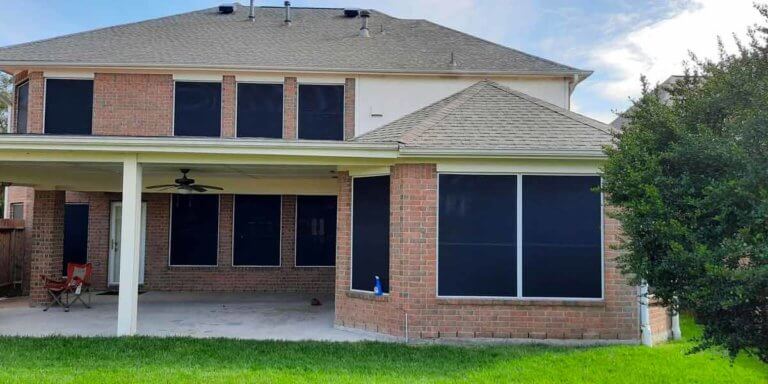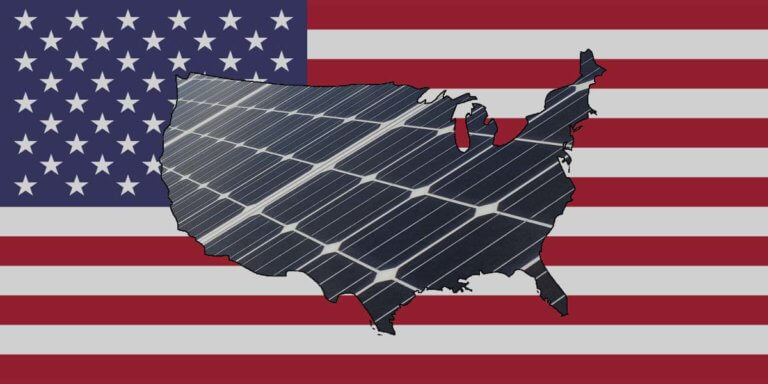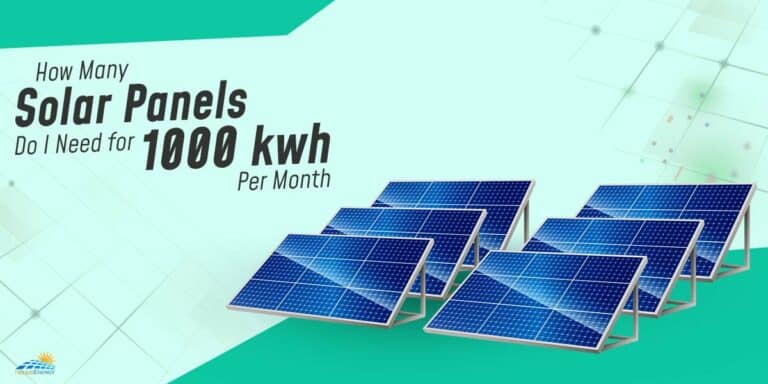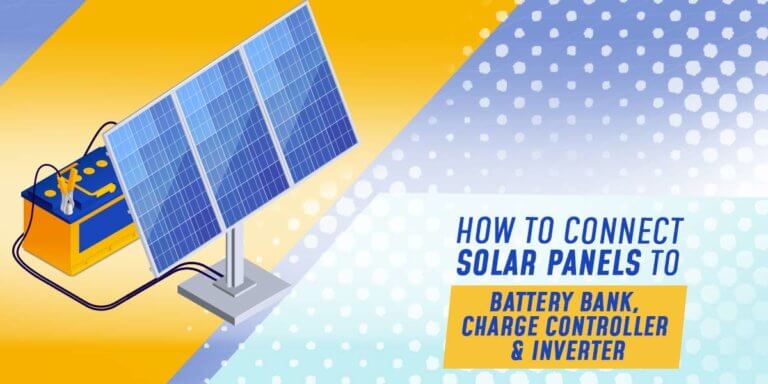Do Solar Lights Need Direct Sunlight to Charge?
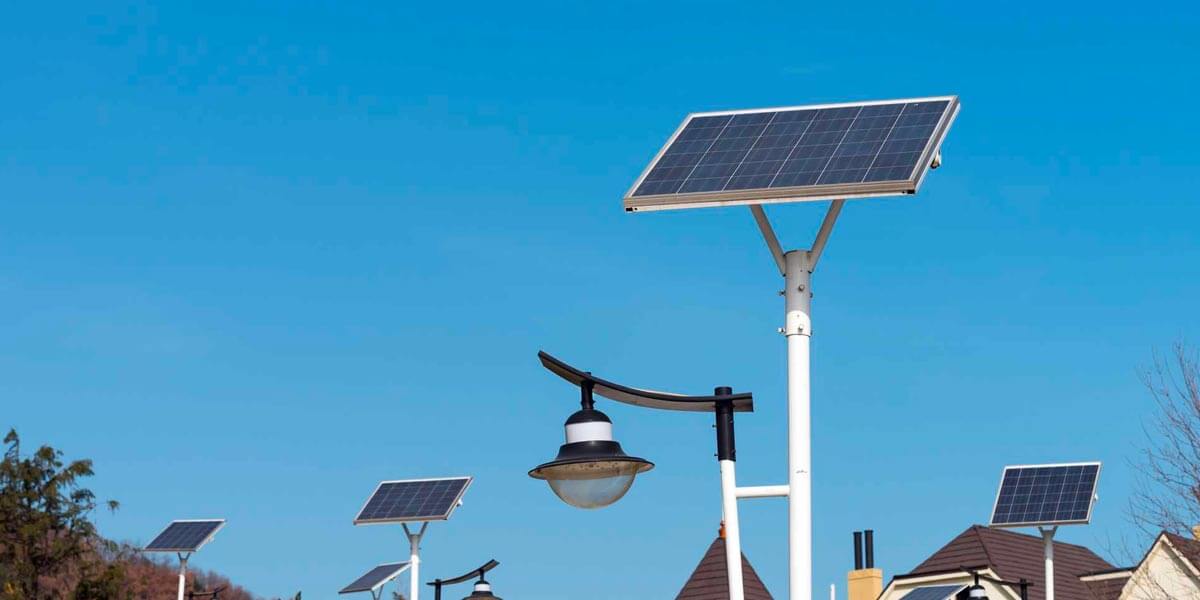
While the sun is certainly a crucial part of solar energy, it isn’t necessarily needed to charge your solar lights. Solar-powered lights are a great way to add just enough light to walkways and other dark areas around the house for those unfamiliar with them. Solar lights are all the rage in the home décor world right now.
These products provide safe lighting without any cords or wires. They also do not require additional power besides the sun itself to function. This can make them very attractive to homeowners looking for ways to save money on their electricity bills every month.
Do Outdoor Solar Lights Need Direct Sunlight?
In general, direct sunlight is used to charge outdoor solar lights. As a result, how much daylight is obtained throughout the day directly impacts how long the light is kept on at night. After eight hours of sunlight, a completely charged solar light will run for about 15 hours on average.
The sun is required for all solar-powered gadgets to function, and the brighter the sun, the better. While solar batteries can be charged using incandescent light, it is generally easier to charge them with sunshine.
Place your outdoor solar lights in strategic locations where they will receive the most sunlight, be free of shadows, and be clear of any debris, plants, or other obstructions that could block the incoming sunlight, such as shadows or shade. All these factors could affect solar light efficiency thus, Click on this link to read more about how to make your solar lights last longer.
Not being exposed to sufficient sunshine for long periods is one of the reasons why solar lights may stop working. The working times of your outdoor solar lights may fluctuate by 30 to 50 percent during the winter months when the weather is cloudier.
While many people complain that their solar lights don’t work in the winter, this is more likely due to cloud cover than to the freezing temperatures. Some solar lights may work better in the cold than others.
Can Solar Lights Charge in Shade?
Solar panels are frequently used to power lights, whether they are security lights on your home or little lights that lead you along a path. However, the best practical location may not be in direct sunlight; it could be behind a tree or attached to a structure. For this reason, a common question is whether solar lights may be used in the shade.
Solar lights can be used in the shade without the sun, but for the best results, solar panels should be oriented directly to the sun with nothing blocking the light, regardless of the time.
Do Solar Lights Charge on Cloudy Days?
Solar lights charge even on cloudy days. Even when it’s cloudy outside, the solar panels keep charging the batteries, and the system is meant to work for at least three days without the sun. However, this does not rule out the possibility that they will work in cloudy conditions.
Regardless of how far away the sun is, solar lights feature receptors that receive light, store it, and convert it to energy. These receptors are extremely sensitive, detecting even the tiniest light rays. Solar lights may now be charged even on foggy days due to this.
How to Charge Solar Lights Efficiently?
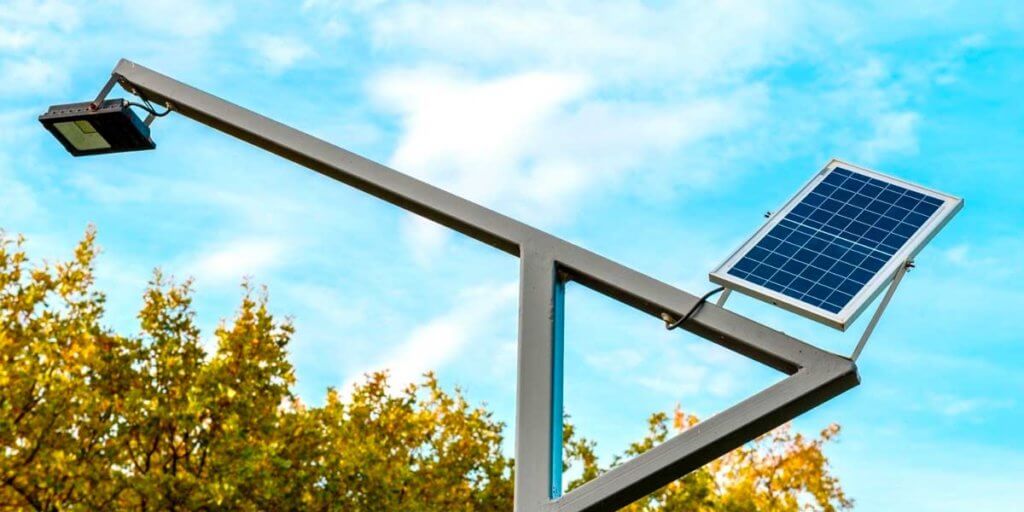
1. Remove Any Dust and Dirt From Your Solar Panel
It is critical to maintain the cleanliness of your solar panels. Dirt on the solar panels is obstructing light. Solar panels are also made to allow light to pass through the solar cells. Light is blocked from reaching the solar cells by bird poop, dust, and pollen, resulting in less energy.
The most effective technique is to clean your solar panels using a hose and a bucket of soapy water. Because you don’t want to harm the panels, you should use water and a non-abrasive sponge to apply it, similar to how you would wash your car at home.
2. Reposition Solar Lights to Maximise Sunlight Exposure
The solar panels must be angled to face directly towards the sun. This is most commonly done in the winter when there is less daylight during the day. Charge your solar lights in direct sunlight for 8 to 10 hours to get the best results. Also, make sure your solar lights aren’t obstructed from receiving sunlight where they’re set up.
Mirrors can be utilized if solar panels are in the shade. Sunlight can be reflected onto the panels using a mirror. As a result, mirrors twice the solar panel’s size are required. This allows you to make use of as much natural light as possible.
How to Charge Solar Lights without Sun?
Solar lights do not need to be exposed to direct sunlight to charge. On the other hand, solar lights require some form of illumination to function. This can, however, be accomplished without the use of sunlight. As a result, solar lights can be charged using artificial light such as incandescent bulbs or LED lamps.
However, keep in mind that the myth of moon light charging solar lights is false. You can find a detailed reasoning of this in our article ‘Do Solar Panels Work with Moonlight?‘
Installing solar panels directly beneath a household light allows solar lights to be charged without the usage of sunlight. Place solar lights near artificial lighting or an incandescent bulb to charge them when there is no sunlight. Although do keep in mind that moon light is not one of the ways used to charge the solar light.
Use Artificial Lights to Charge Your Solar Lights
Yes, you may charge your solar lights with artificial light (such as a flashlight). Charging your solar light will take significantly longer than charging it outside because an average flashlight emits 100 lumens.
You may charge your solar lights with the help of an incandescent lamp. The bulb’s light might be used to charge a solar lamp. Place the solar panels beneath a house light to charge them quickly. Solar lights can also be used in close proximity to the light bulb. The closer the solar light is to the light bulb, the faster your solar panel charges.
The use of LED lights is another clever way to charge solar lights. LED torches can be used to charge solar lights when you don’t have access to indoor lighting. Your solar panel will need to be charged for 10 to 12 hours when using LED lights. As a result, solar lights can be charged using artificial light such as incandescent bulbs or LED lamps.
Conclusion
When purchasing and installing solar lights, keep in mind that the location in your garden that receives the most sunshine and the location where you want your lights to be may not be compatible.
Yes, solar lights will charge in the shadow, but not nearly as well as in direct sunlight. It is preferable to have a few hours of direct sunlight and complete shade rather than partial shade throughout the day. All I can advise is to try different positions and see what happens.


